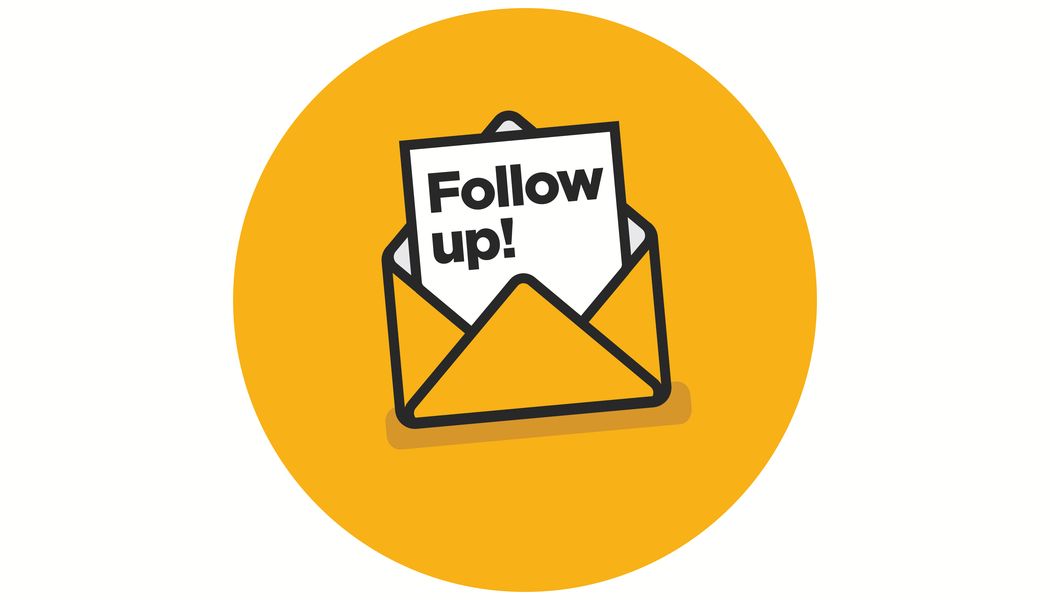The Art of Crafting Effective Shopify Follow-Up Emails
Introduction:
In the competitive world of e-commerce, building strong customer relationships is essential for success. One powerful tool in achieving this is the Shopify follow-up email. A follow-up email is a strategic communication sent to customers after a specific event or interaction, such as a purchase or abandoned cart. It serves as a way to engage customers, drive conversions, and nurture long-term loyalty. In this article, we will explore the key elements of a successful Shopify follow-up email and provide valuable tips to help you create impactful messages that resonate with your audience.
The Importance of Shopify Follow-Up Emails
Enhancing Customer Experience

Personalization: Tailor each follow-up email to the customer's preferences and purchase history. Use their name and reference their recent activity to create a personalized touch.
Building Trust: Strengthen the customer's trust in your brand by providing exceptional service, addressing concerns, and offering support through the follow-up email.
Retention and Repeat Purchases: Encourage customers to make additional purchases by showcasing related products or offering exclusive discounts and promotions.
Crafting Compelling Subject Lines
Key Elements of an Effective Subject Line
Clarity: Clearly communicate the purpose of the email and entice recipients to open it. Avoid being overly vague or using clickbait tactics.
Personalization: Use the recipient's name or reference their recent purchase to grab their attention and make them feel valued.
Urgency: Create a sense of urgency by mentioning limited-time offers, expiring discounts, or low stock availability.
Curiosity: Spark curiosity with intriguing subject lines that make customers curious to learn more.
Best Practices for Shopify Follow-Up Emails
Timing and Frequency
Optimal Timing for Different Follow-Up Emails
Order Confirmation: Send immediately after a purchase to acknowledge the order and provide relevant details.
Shipping Updates: Provide tracking information and estimated delivery dates promptly to keep customers informed.
Abandoned Cart Recovery: Send a follow-up email within a few hours of cart abandonment to remind customers of the items left behind and potentially offer an incentive to complete the purchase.
Post-Purchase Feedback: Wait a few days after the product has been delivered before requesting customer feedback to give them time to experience the product.
Design and Content
Key Components to Include
Thank You: Express gratitude for the customer's purchase and reinforce their decision to choose your brand.
Order Summary: Provide a concise overview of the customer's purchase details, including products, quantities, and prices.
Call-to-Action: Include clear and prominent buttons or links that direct customers to take the desired action, such as leaving a review or exploring related products.
Branding and Visuals: Maintain consistent branding throughout the email and use compelling visuals to enhance the message.
Concise and Scannable: Keep the email content concise, easily scannable, and visually appealing to ensure recipients engage with the message.
Heading 2: Frequently Asked Questions (FAQs)
Q 1: How can I measure the effectiveness of my follow-up emails?
Q 2: Should I send follow-up emails to all customers or segment my audience?
Q 3: Can I automate the process of sending follow-up emails on Shopify?
Conclusion:
Crafting effective Shopify follow-up emails is a valuable skill for e-commerce success. By understanding the importance of personalization, utilizing compelling subject lines, following best practices, and creating engaging content, you can build strong relationships with your customers and drive repeat business. Remember, the key is to provide value, build trust, and deliver an exceptional customer experience through every follow-up email you send.
By using this site you agree to this Privacy Policy. Learn how to clear cookies here
直播,年轻人的狂欢,中老年人的„魔咒 Yvan Gil, el gurú del marketing digital que revoluciona las redes sociales Вы готовы к высокооплачиваемой и востребованной профессии в области IT? Тогда курс IPC для вас! As Ever As Ever: The Delicate Art of Leaving Things Unfinished Villach Opfer: Unvorstellbares Leid und die Suche nach Gerechtigkeit Thiết kế website làm đẹp tại Gleads Elwood Computer Services Ltd Lakeland Window Replacement